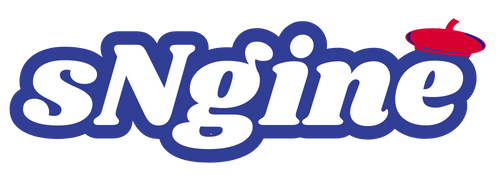The Titanium Ore Market is gaining significant traction as demand surges from industries that require lightweight, high-performance materials. Titanium ores such as ilmenite and rutile serve as crucial raw feedstocks — either for titanium dioxide pigment production or for the extraction of titanium metal. Their unique role in downstream manufacturing enables them to fuel growth across multiple high-value sectors, while the raw commodity’s supply-side dynamics continue to evolve in response to global demand pressures.
A major driver of the market is the increasing consumption of titanium dioxide, used extensively in paints, coatings, plastics, and paper. Titanium ore is processed into TiO₂ pigment, which remains a foundational material because of its excellent brightness, opacity, and UV resistance. Alongside traditional applications, demand for high‑quality pigments is being fueled by rapid infrastructure development, urbanization, and rising environmental standards, prompting producers to focus on ore beneficiation and refining technologies to deliver higher-purity feedstocks.
Another strong undercurrent in the titanium companies narrative is the rising consumption of titanium in the aerospace, automotive, and medical sectors. Titanium’s exceptional strength-to-weight ratio and resistance to corrosion make it a preferred material in aircraft components, engine parts, and medical implants. As aircraft manufacturers continue to push for lighter, more fuel‑efficient planes, and as medical technology advances, the need for titanium alloys derived from high-grade ore is growing steadily. This, in turn, supports increasing investments in titanium ore mining, processing facilities, and downstream production chains.
Sustainability is also shaping the future of the titanium ore market. Environmental concerns related to ore extraction and processing are prompting producers to adopt greener mining practices, energy-efficient beneficiation, and waste recovery systems. New technological developments in ore upgrading and smelting are helping reduce emissions and improve resource efficiency. At the same time, strategic exploration of untapped titanium-rich reserves is helping to diversify supply and reduce geographic concentration risk.
In conclusion, the titanium ore market is being propelled by a powerful combination of pigment demand, advanced engineering applications, and sustainable practices. As industries continue to lean into lightweight, high-performance materials, the importance of titanium ore as a raw material will only grow. With titanium companies investing in modern extraction and refining methods, the outlook for this market remains strong, promising both growth and innovation in the years to come.


